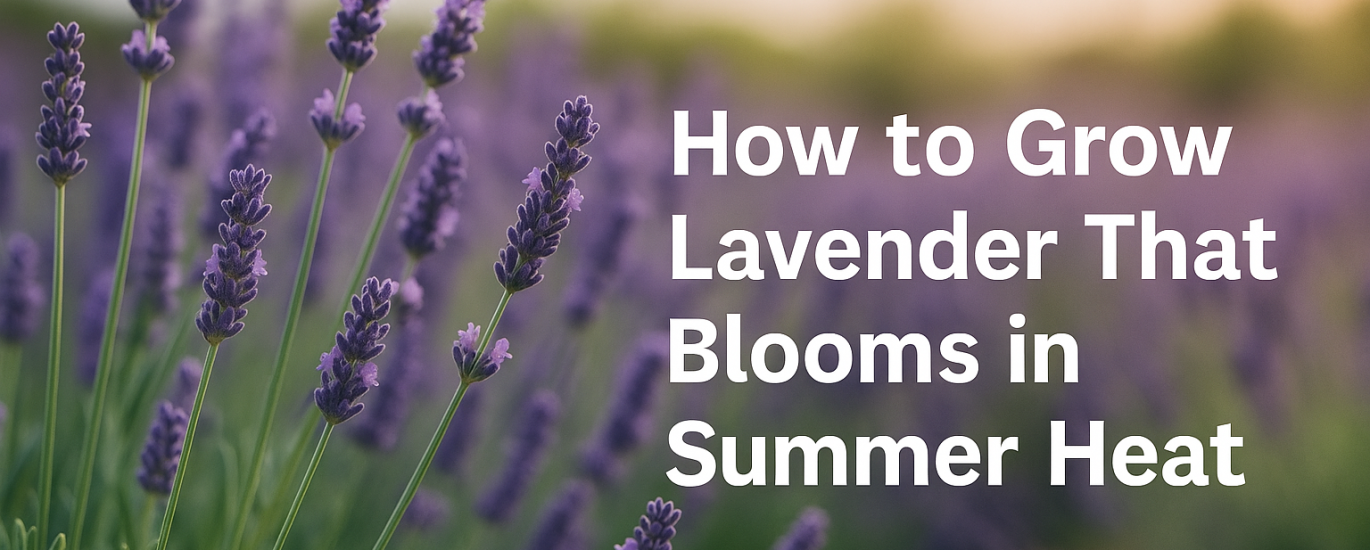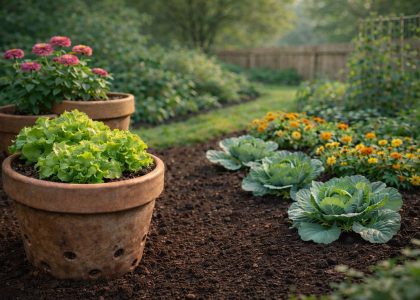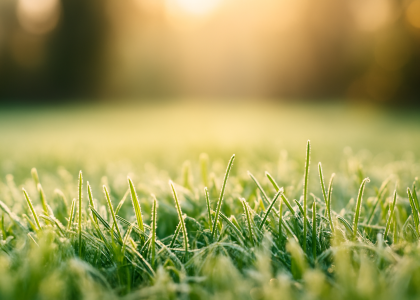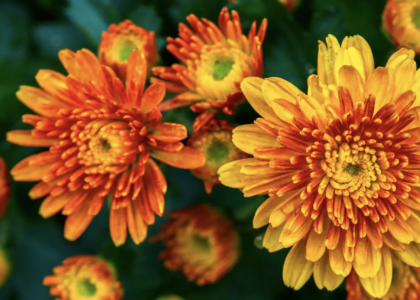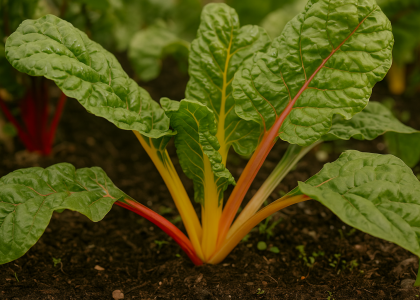A Healing, Heat-Proof Guide for Gardeners Who Love Scent and Serenity
Lavender isn’t just a plant — it’s a lifestyle. With its calming scent, stunning purple blooms, and resilience in drought-prone summers, lavender brings both beauty and balance to your garden. But if your lavender struggles in scorching weather, you're not alone. This guide reveals how to grow lush, fragrant lavender that thrives—even under intense summer sun.
Why Lavender Loves the Heat (But Still Needs the Right Care)
Native to the Mediterranean, lavender (genus Lavandula) is naturally adapted to warm, dry climates. However, not all summer conditions are equal. High humidity, poor drainage, or improper pruning can all reduce bloom performance. The good news? With a few simple adjustments, your lavender can flourish—even in midsummer.
Quick Checklist: Lavender’s Summer Essentials
| Factor | Best Practice |
|---|---|
| Sunlight | Full sun (6–8 hours daily) |
| Soil | Well-draining, sandy or gritty with low organic content |
| Watering | Infrequent but deep (allow soil to dry between waterings) |
| Humidity | Prefers dry air; space plants for airflow |
| Pruning | Light trim after bloom; hard prune in early spring |
| Mulching | Use gravel, not bark, to prevent rot and reflect heat |
Step-by-Step: How to Grow Heat-Loving Lavender
1. Choose the Right Variety
Not all lavenders are equal in heat tolerance. For hot summers, go with:
- ‘Phenomenal’ (Lavandula x intermedia): Exceptionally heat and humidity resistant
- ‘Hidcote’ (L. angustifolia): Compact and richly colored, great for borders
- ‘Provence’: A classic French type, ideal for cut flowers and hedging
- Spanish Lavender (L. stoechas): Distinctive flower heads, loves dry heat
Tip: Intermedia types handle heat and humidity better than English lavender.
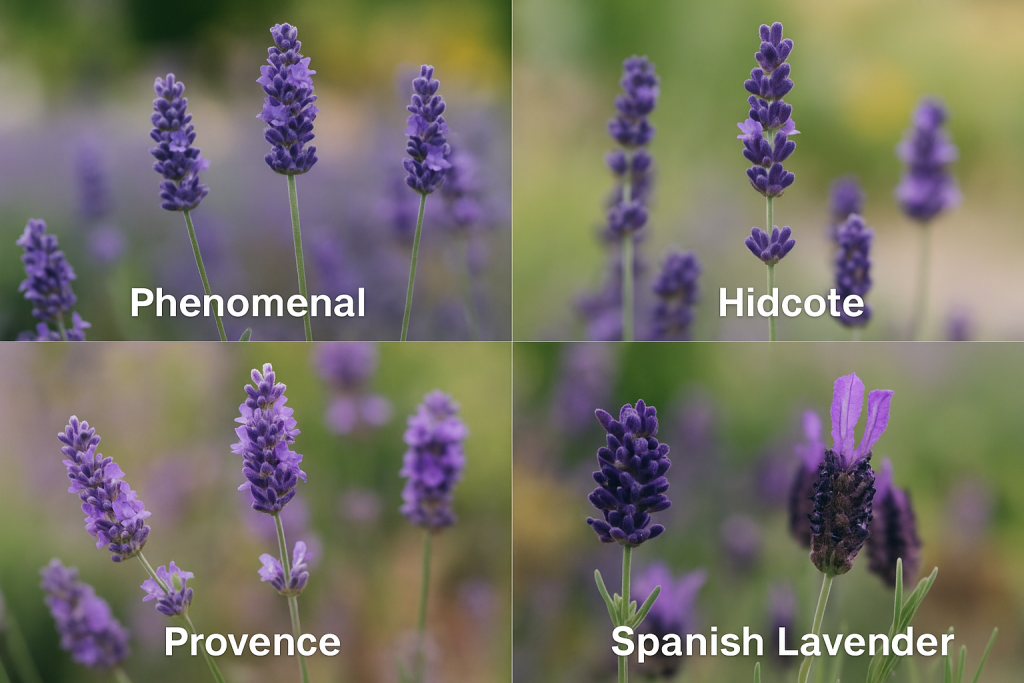
2. Prep the Soil Like Provence
Lavender hates soggy roots. Amend soil with coarse sand, gravel, or perlite. Raised beds and containers are great options for clay-heavy or wet regions.
- pH Range: Slightly alkaline (6.5 to 7.5)
- Drainage Test: Dig a hole, fill with water, and ensure it drains in under 30 minutes.
3. Water Wisely — Less Is More
Lavender is drought-tolerant once established. Overwatering is the #1 cause of failure in summer.
- Water deeply and infrequently — typically once every 7–10 days.
- Avoid overhead watering to reduce fungal risk in humid regions.
4. Create Airflow and Reflective Heat
Space plants at least 18–24 inches apart to encourage air circulation. Use gravel mulch instead of organic mulch to keep roots cool and dry while bouncing sunlight back to the plant.
5. Summer Pruning for Second Blooms
- Deadhead after the first bloom in early summer to encourage a second flush.
- Trim stems just above the foliage mound, never cutting into old wood.
Lavender’s Healing Power: Beyond the Bloom
Lavender is more than ornamental—it’s deeply therapeutic.
- Stress relief: Crush a few stems between your fingers in the garden for an instant aromatherapy boost.
- Pollinator heaven: Bees and butterflies adore it.
- Dried uses: Harvest in the morning, dry bundles upside down in a cool, dark place for sachets, teas, or home décor.
“Growing lavender in the heat taught me to garden with patience, not perfection.” — a Greenmuse gardener
Companion Planting & Design Ideas
- Best partners: Rosemary, thyme, sedum, echinacea, yarrow
- Ideal settings: Mediterranean-style borders, rock gardens, containers on sunny patios
- Aesthetic tip: Combine lavender with white stone or terra-cotta pots for a clean, timeless look.
FAQ: Summer Lavender Troubleshooting
Q: My lavender is wilting in the afternoon sun—is it sunburned?
Likely not! Lavender often droops in extreme heat but recovers by evening. Water only if soil is completely dry.
Q: Why isn’t my lavender blooming?
Too much water, poor drainage, or excessive nitrogen can suppress blooms. Ensure full sun and well-drained soil.
Q: Can lavender survive in humid climates?
Yes, but choose varieties like ‘Phenomenal’ or Spanish Lavender, and ensure excellent airflow and drainage.
Bonus: How to Help Lavender Survive Heatwaves
- Provide temporary shade in extreme temperatures using shade cloth (30–40%)
- Deep-water in early morning during prolonged droughts
- Monitor young plants for wilting and root stress
Lavender Is a Long-Term Friend
With the right soil, smart watering, and a little summer care, your lavender can offer years of color, calm, and connection to the earth. Embrace the heat—not fight it—and your garden will thank you with a fragrant breeze.

